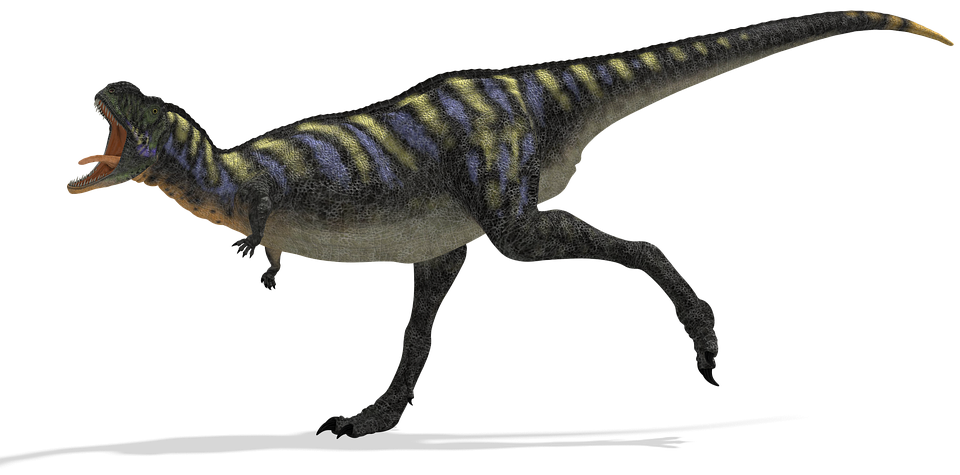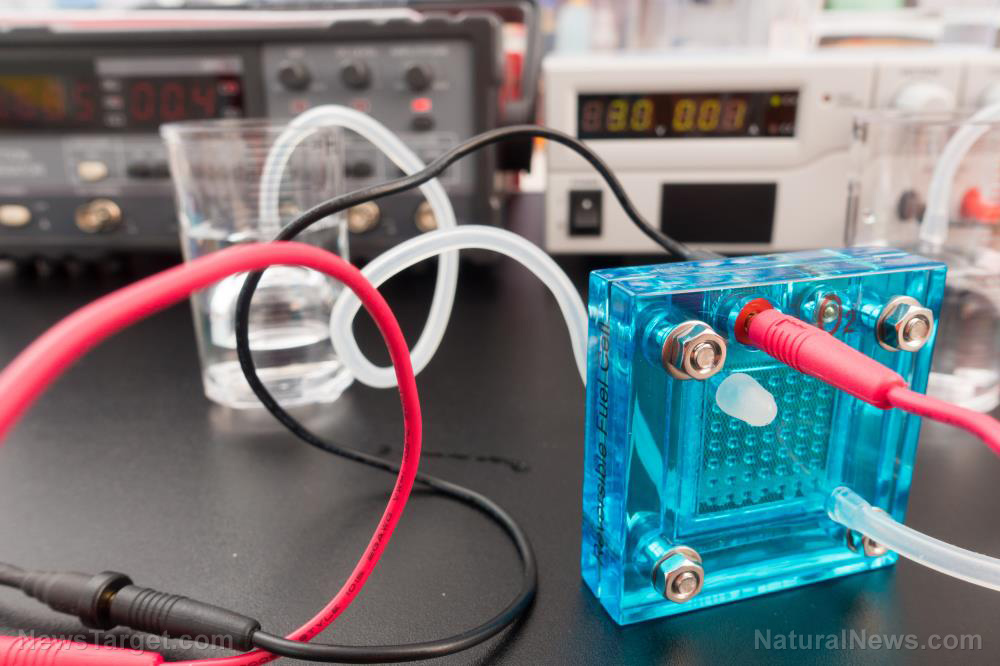AMAZING discovery: Perfectly preserved dinosaur skin impressions found in tiny raptor tracks 120 million years old
06/22/2019 / By Edsel Cook

Researchers just struck paleontological gold in South Korea: They dug up a set of dinosaur footprints from the Cretaceous period. They retrieved samples of highly preserved skin impressions of the long-dead animal.
They identified the ichnogenus of the dinosaur to be Minisauripus chuanzhuensis. The smallest known theropod (dinosaurs with hollow bones and limbs with three toes), Minisauripus was around the same size as a modern-day blackbird. The fossilized prints made by its clawed feet measured just an inch in length.
Less than one percent of known tracks retained traces of skin from the dinosaurs that made them. The footprints found in the Jinju excavation site in South Korea proved to be the exception. All five prints featured impressions made by the skin of the Minisauripus’ feet.
“These are the first tracks ever found where perfect skin impressions cover the entire surface of every track,” remarked researcher Martin Lockley from the University of Colorado (CU). He served as the senior author of the study.
Lockley’s South Korean colleague, Chinju National University of Education researcher Dr. Kyung-Soo Kim, spotted the Minisauripus tracks. They published their findings in the journal Scientific Reports. (Related: Scientists warn that the world’s most unusual sharks and rays are on the “brink of extinction”.)
Newly found Minisauripus tracks contained rare impressions of the dinosaur’s skin
Lockley explained that the groundbreaking Minisauripus tracks were the 10th set ever discovered by researchers. The fossils were also the first to feature evidence of skin impressions from the animal.
The researchers came close to missing out on the invaluable tracks. Kim caught sight of the slab containing the first footprint while the team was digging up the site. He managed to halt the excavation before the fossil got damaged or destroyed. Kim and his colleagues eventually found a total of five tracks in the area.
“The tracks were made on a very thin layer of fine mud, rather like a coat of fresh paint only a millimeter thick,” explained Lockley.
Analysis of the rocks hosting the footprints suggested that the Minisauripus made the tracks right after a rain shower. The small dinosaur appeared to have stepped right into fresh marks made by water droplets.
The tracks got covered up by mud. Over time, they solidified, preserving the footprints and skin impressions of the Minisauripus long after the animal perished and rotted away.
Theropod dinosaurs might vary in size, but their skin patterns remain similar
After examining the skin impressions, Lockley and Kim compared the texture of the Minisauripus skin to sandpaper. The scales of the dinosaur measured half a millimeter in width. Their arrangement resembled the interwoven threads of fabric.
The skin impressions of Minisauripus proved similar to the skin of Corpulentapus and Asianopodus, two avian theropods that lived in China during the same part of the Cretaceous era. Examples of the skin patterns of the latter group came from Chinese excavation sites. The dig areas also produced the much-coveted fossilized footprints with skin impressions.
Lockley concluded that the skin of Minisauripus is a miniature version of the skin found on other theropods. At the same time, he noted that the shape of the smaller dinosaur’s feet differed from those of the Chinese dinosaurs.
Minisauripus is known solely from fossilized footprints found in Korean and Chinese dig sites. Some researchers consider it the smallest dinosaur known to man. Others believe the footprints belonged to juvenile specimens of known theropod species like Corpulentapus and Asianopodus.
The fossilized tracks found by Lockley and Kim might help determine if Minisauripus truly belonged to its ichnogenus or if it was the baby of another dinosaur.
Sources include:
Tagged Under: Cretaceous period, dinosaur fossil, dinosaur prints, dinosaur skin, Dinosaurs, discoveries, fossilized prints, fossils, Minisauripus, paleontology, real history, scientific discoveries, South Korea, theropods
RECENT NEWS & ARTICLES
COPYRIGHT © 2017 REAL SCIENCE NEWS



















